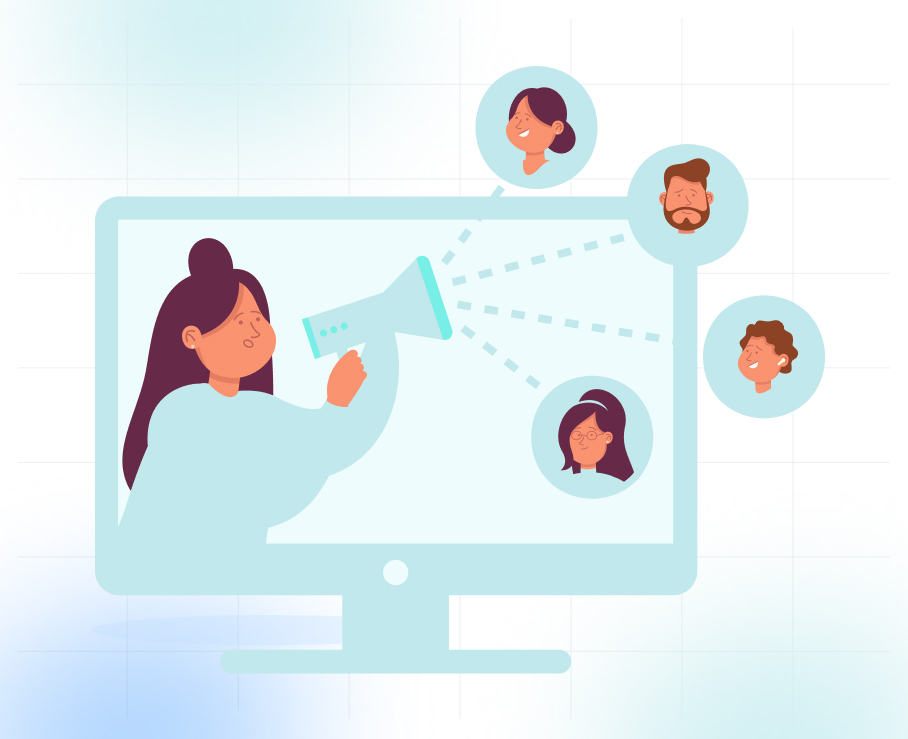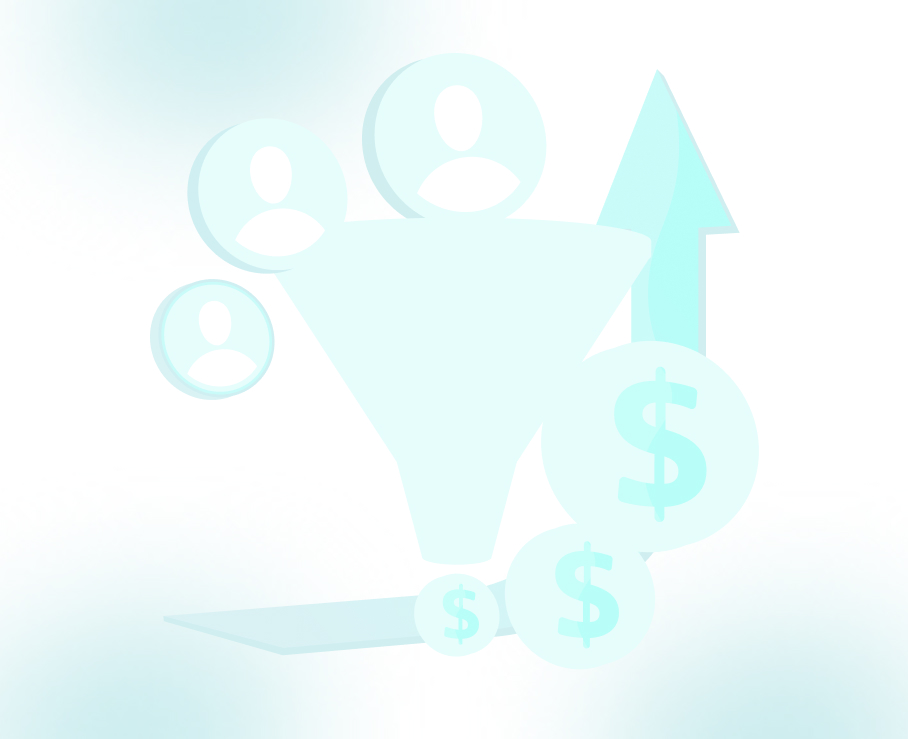
Effective Cybersecurity Lead Generation Strategies: A Comprehensive Guide
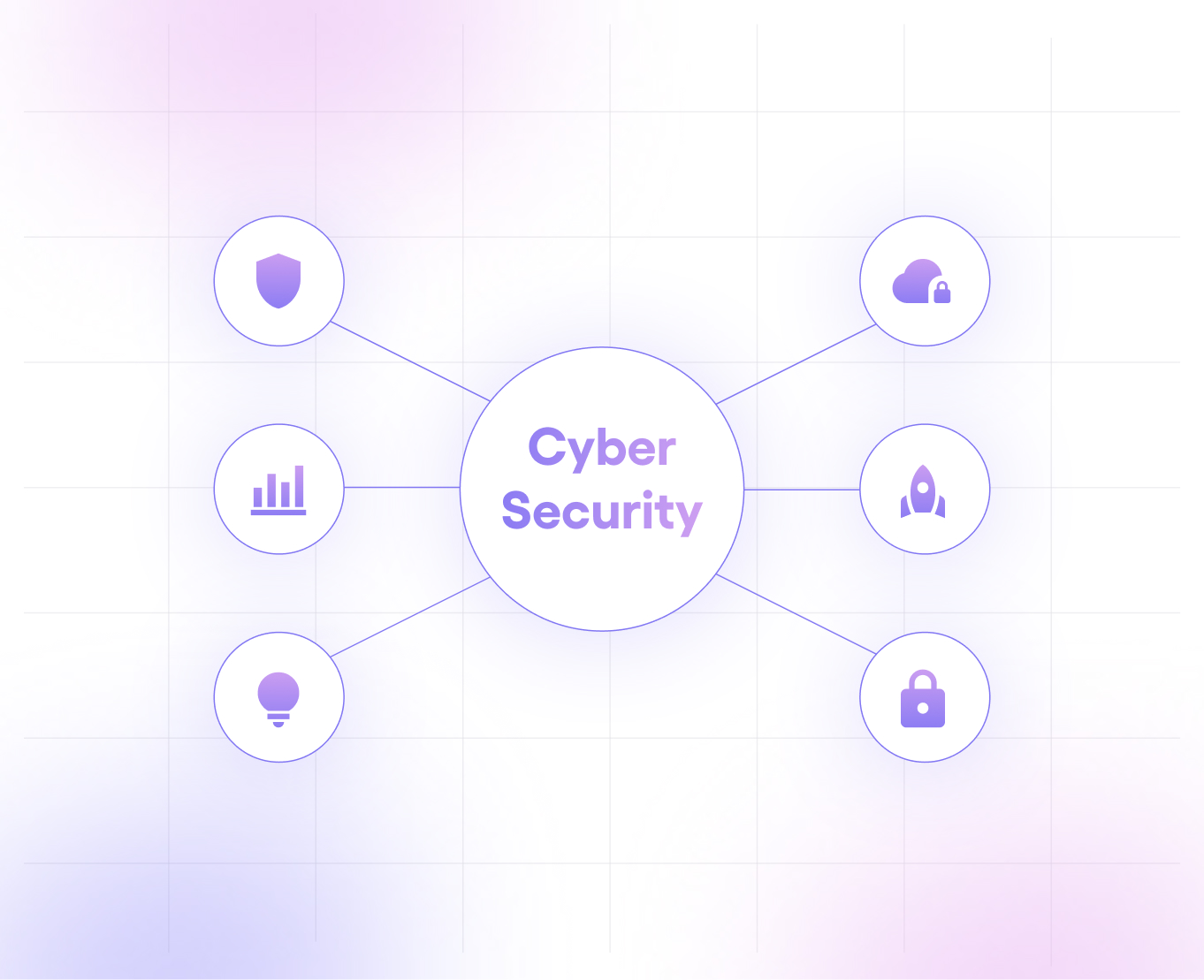
The cybersecurity market is booming, growing from $152.71 billion in 2018 to a projected $202.98 billion by 2025. As the demand for cybersecurity solutions increases, so does the competition. Many firms are racing to capture leads in a crowded space where everyone claims to offer the best solution. But despite the demand, generating high-quality leads that actually convert into loyal customers remains a challenge.
The buyer journey in cybersecurity has changed drastically. Today, potential clients do their research, rely on peer reviews, and often wait to engage with sales teams until they're further down the decision-making process. This shift means traditional marketing methods aren’t cutting it anymore. To stay competitive, cybersecurity companies must rethink their approach and adapt to the evolving expectations of modern buyers.
In this guide, we’ll share proven strategies to improve your lead generation efforts, boost conversion rates, and help your cybersecurity firm thrive in this competitive market.
TL;DR
- Cybersecurity lead generation is tough. Competition is high, buyers are cautious, and traditional tactics no longer work.
- Know your audience. Analyze customer behavior to identify what really drives interest and action.
- Go beyond generic content. Create targeted, educational content that speaks to real pain points like compliance or data security.
- Use ABM to your advantage. Focus on high-value accounts with personalized outreach that hits home.
- Visuals win attention. Infographics, explainer videos, and testimonials help simplify complex solutions and build trust.
- Prioritize smart leads. Use lead scoring to focus on prospects most likely to convert and keep refining your approach.
- Email isn’t dead. Strategic, segmented campaigns still drive qualified traffic and nurture relationships.
- TLM delivers real results. Our tailored campaigns helped a cybersecurity firm land four qualified leads in two months, without lowering prices.
What is Cybersecurity Lead Generation?
Cybersecurity lead generation is the process of attracting potential customers who need solutions to protect their digital assets. It involves collecting contact information from interested prospects, be it emails, phone numbers, or social media interactions, and nurturing them through the sales funnel. But here’s the catch: simply collecting leads isn’t enough. It’s the quality of leads that matters most.
In a crowded market, you must target the right leads, those who not only need cybersecurity but are actively seeking solutions. With the growing volume of threats, your goal should be to attract prospects whose pain points align with your service offerings, allowing you to offer them tailored solutions.
Also Read: Top 8 Outbound Lead Generation Strategies for 2025
Key Challenges in Cybersecurity Lead Generation

The cybersecurity industry is more competitive than ever, with new players entering the market every day. For companies to stand out, they must address key challenges such as:
1. Navigating Industry Competition: In the cybersecurity sector, competition is fierce, with both startups and well-established players vying for attention. Standing out in such a crowded market requires more than a catchy slogan.
The first step is differentiating your offerings. Avoid vague statements like "industry-leading solutions" and instead focus on measurable outcomes. Showcase your expertise with concrete examples and case studies that demonstrate impact. Highlight what makes your cybersecurity solutions truly unique and why they stand out in a crowded market.
2. The Evolving Cybersecurity Buyer Journey: Today’s buyers are better informed. They research cybersecurity solutions independently, read reviews, and carefully vet vendors before engaging. They’re also more likely to involve multiple decision-makers in the buying process.
IT teams focus on technical specifications, while executives care about ROI and strategic alignment. This means your marketing efforts must target different stakeholders with customized content.
3. Rise of Digital Self-Service: The rise of digital self-service is another challenge for cybersecurity lead generation. Many potential customers now prefer to explore solutions on their own before engaging with sales teams.
4. Demand for Transparency and Authenticity: Trust is crucial in cybersecurity. Buyers are cautious when it comes to securing their most valuable digital assets. They demand transparency and proof of efficacy. Generic promotional language doesn’t cut it. Instead, invest in case studies, authentic customer testimonials, and data-backed results. Show your prospects that you’ve successfully solved similar problems for others, building credibility and establishing trust in the process.
Also Read: What are Leads in Business and Their Importance?
How to Build an Effective Lead Generation Strategy?
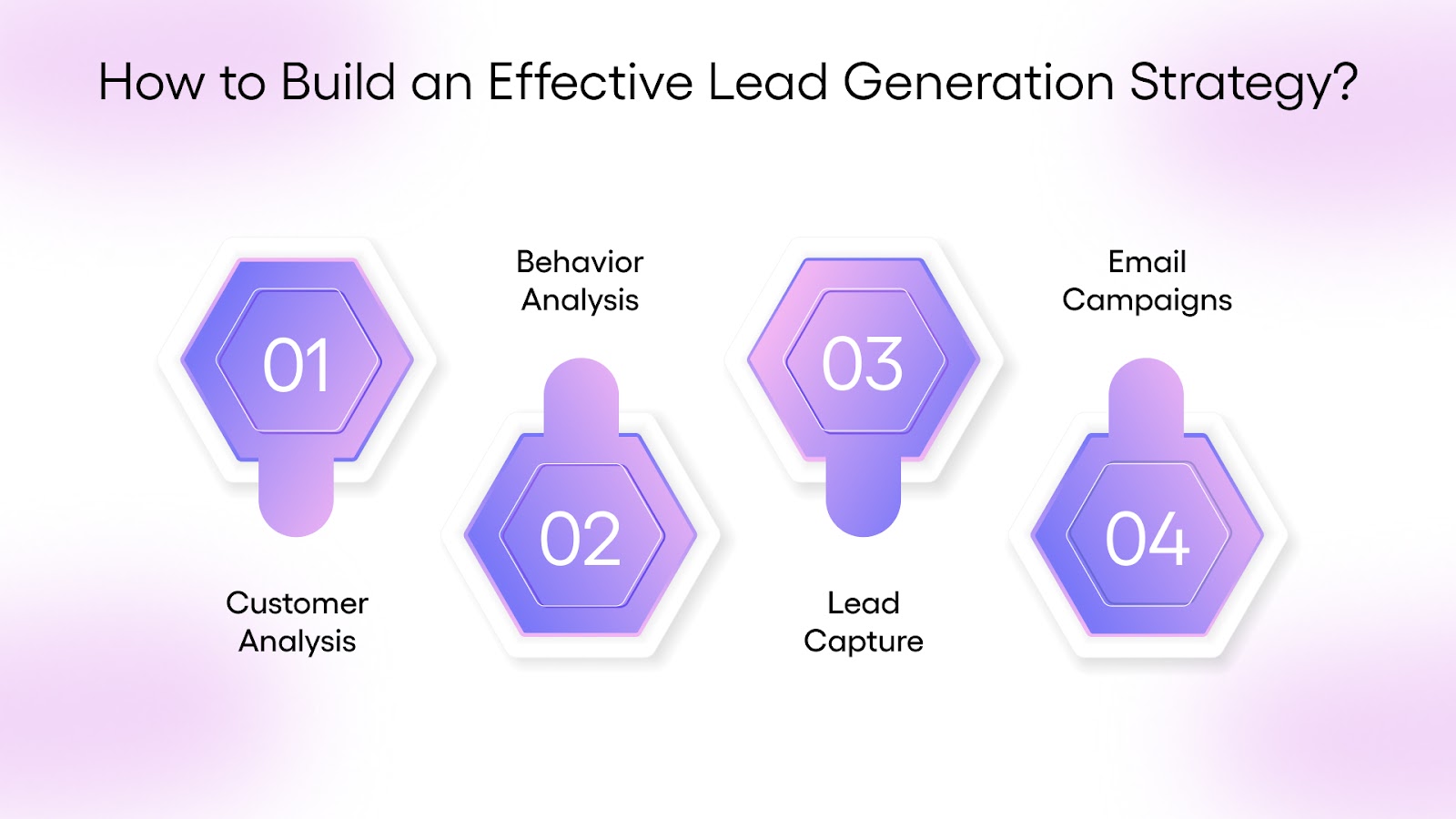
To optimize your lead generation efforts, a tailored, strategic approach is key. Below are a few essential steps that can help refine your process and drive better results:
1. Analyze Existing Customer Behavior
Understanding your current customers is the best starting point for any effective lead-generation strategy. By identifying patterns in how your existing clients interact with your service, you can better define your ideal customer profile (ICP) and tailor your approach to attract similar leads. Here’s what to do:
- Use customer data: Look at interactions, purchase behavior, and sources of acquisition. What led them to choose your service?
- Conduct surveys or interviews: Regularly ask your customers about their experience, why they chose your solution, and what problems they needed solving.
- Analyze intent data: Track user activity on your website and how prospects are engaging with your content. Are they clicking on blog posts about data protection?
By analyzing existing customer behavior, you ensure that your marketing efforts are grounded in data. This leads to more accurate targeting and messaging, as you're creating content and campaigns that address the actual needs of your target audience.
2. Content Creation – Free Educational Content
Once you've mapped out your audience and their needs, it’s time to create valuable content that speaks directly to them. Educational content positions your company as a trusted expert in cybersecurity and offers real value upfront. Here’s what to do:
- Focus on high-value topics: Address specific pain points such as advanced persistent threats (APTs), data protection, or compliance issues. Break down complex cybersecurity challenges into simple, actionable insights.
- Offer multiple content formats: Some prospects prefer reading, while others may find videos or webinars more engaging. Offer a mix of downloadable guides, blog posts, webinars, and case studies to meet different preferences.
- Add CTAs: Every piece of content should include a clear call to action, whether it's downloading an ebook or scheduling a meeting. Keep these CTAs aligned with the content’s purpose to ensure smooth progression through the funnel.
Educational content not only builds trust with your audience but also provides them with real solutions to their problems. By positioning your cybersecurity company as an authority, you engage leads and warm them up for conversion.
3. Lead Capture via Landing Pages
Landing pages are your frontline tool for capturing leads. Whether it’s for a free trial, booking a meeting, or an ebook download, landing pages need to be simple, persuasive, and highly focused on converting visitors into leads. Here’s how to implement:
- Keep it focused: The goal of a landing page is clear: conversion. Keep it clean, with minimal distractions, and a single call to action (CTA). Whether it’s “Get a Free Security Assessment” or “Download Our Latest Cybersecurity Report,” make it obvious.
- Use A/B testing: Try different headlines, CTAs, and even form lengths to see what resonates best with your audience. Testing helps you understand what drives action and what doesn’t.
- Integrate trust signals: Add testimonials, case studies, or security certifications to build credibility and reduce friction in the decision-making process. This reassures visitors that they’re making the right choice.
Well-designed landing pages help turn interested visitors into qualified leads. By testing different elements and focusing on a simple, compelling CTA, you can significantly boost conversions. Every visitor should feel confident in their decision to engage further, and trust signals on the page are key to ensuring this.
4. Email Campaigns
Email marketing remains one of the most reliable tools for nurturing leads. In fact, 44% of Chief Marketing Officers say that email marketing is essential to their overall digital marketing strategy, allocating nearly 8% of their entire digital marketing budget to email. This highlights the importance of email as a cornerstone of lead-generation efforts. It allows you to stay top-of-mind with prospects and continue providing value as they move through the buyer journey. Here’s what to do:
- Segment your email list: Based on buyer personas, create targeted email campaigns. Tailor your messaging based on the industry, job role, and stage in the buyer’s journey.
- Provide valuable resources: Share educational materials, case studies, and industry insights to keep your leads informed and engaged. This positions your company as an industry thought leader.
- Move leads down the funnel: Use email campaigns to nurture leads further, guiding them toward scheduling a call. Include a clear CTA in every email.
Email allows you to reach prospects directly, offering tailored content and building relationships over time. By segmenting your list and personalizing your messages, you’re more likely to engage your leads and move them toward conversion. As a result, your email campaigns drive consistent, high-quality traffic through the sales funnel.
Also Read: Proven Lead Generation Strategies for Marketing Agencies
Advanced Strategies for Improving Lead Quality
To attract high-quality leads that align with your ideal customer profile, cybersecurity companies must adopt advanced, personalized strategies. Below are some practical strategies that can help improve your lead quality and conversion rates.
1. Account-Based Marketing (ABM)
Account-Based Marketing (ABM) has become one of the most powerful strategies for generating high-quality leads in the cybersecurity sector. Traditional lead generation methods often cast a wide net, resulting in many leads who aren’t fully aligned with your ideal customer profile (ICP). ABM, however, focuses on precision. Instead of spreading your resources thin, ABM lets you concentrate on nurturing leads that are more likely to convert into customers.
How to Create a Tailored ABM Strategy:
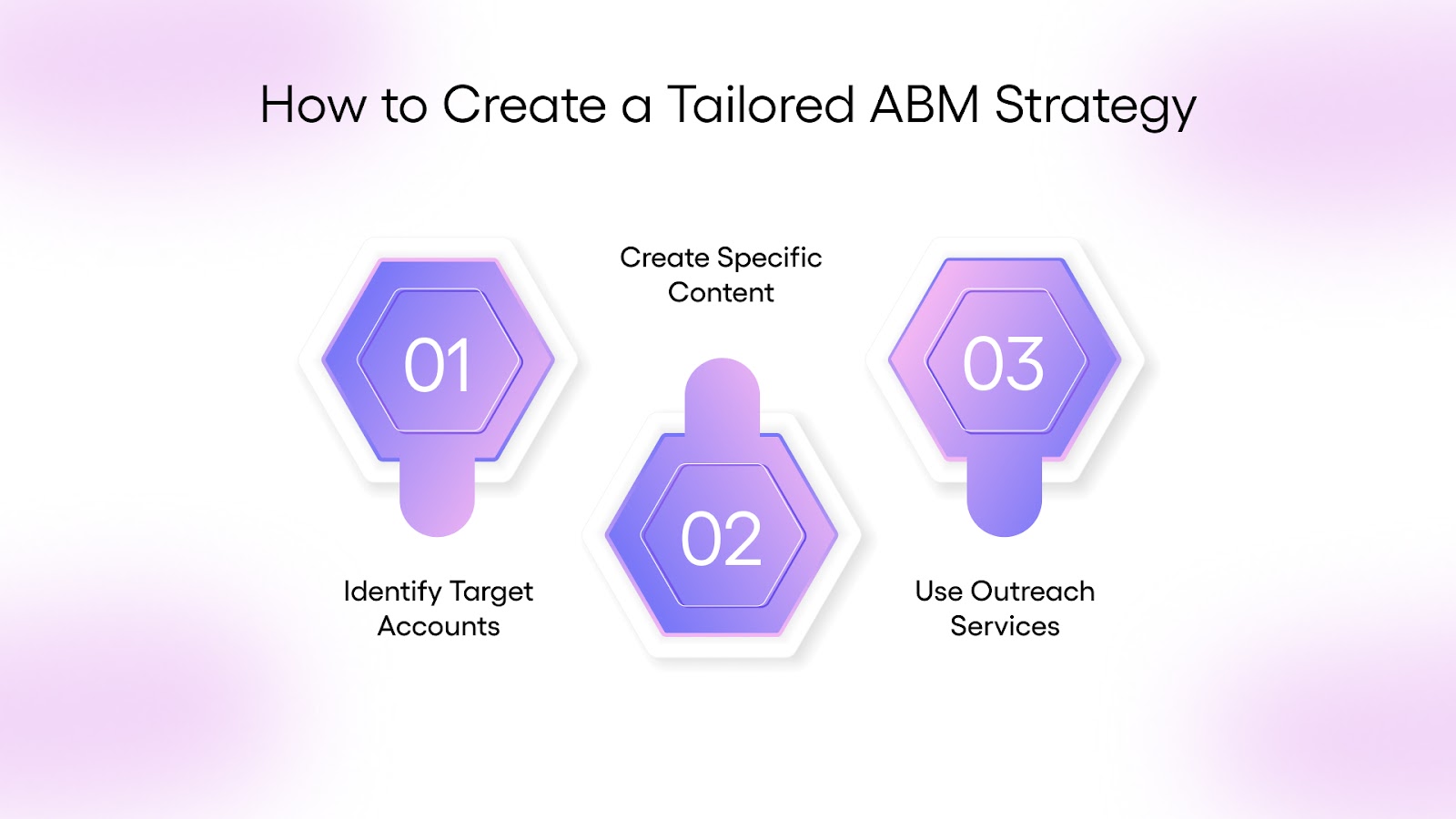
1. Identify Target Accounts: The first step is selecting high-value accounts that fit your ICP. This could include companies in sectors like healthcare, finance, or government that face critical security challenges.
2. Create Specific Content: Once you’ve identified your target accounts, develop personalized content tailored to their unique cybersecurity challenges. For example, a financial institution might be more concerned with data privacy regulations and compliance, while a healthcare provider might focus on securing patient data.
3. Use Outreach Services: Use tailored outreach services to connect directly with decision-makers at your target accounts. These services allow you to personalize messaging based on each account’s specific cybersecurity needs, whether it’s compliance, threat detection, or data protection, making your engagement more relevant and impactful.
By focusing on high-value targets and delivering personalized, compelling content, ABM allows you to build deeper relationships with prospects and increase your chances of converting them into clients.
2. Video Marketing and Visual Content Services
Visual content makes it easier to communicate complex cybersecurity solutions, especially to non-technical decision-makers. Whether through engaging videos or data-rich infographics, visual storytelling helps build interest, clarity, and trust.
How to Use Visual Content Effectively:
- Explainer Videos: Break down how your service solves real cybersecurity challenges in under two minutes.
- Infographics: Present data, risks, or compliance frameworks in an easy-to-digest format.
- Customer Testimonials: Share visual success stories that highlight impact and outcomes.
Placing this content on landing pages, emails, or outreach messages helps keep prospects engaged and nudges them closer to conversion, turning interest into qualified opportunities.
By maintaining a consistent and personalized presence on social media, you can build relationships with your target audience and generate qualified leads.
Also Read: How to Master Email Marketing for B2B Lead Generation
How to Measure and Optimize Your Lead Generation Efforts
To optimize your lead generation strategy, you need a clear process for identifying and prioritizing the most valuable prospects. Lead scoring and qualification help you focus on high-potential leads, improve conversion rates, and make your marketing and sales efforts more efficient.
Lead Scoring and Qualification
Lead scoring allows you to concentrate on the prospects most likely to convert. Here’s how to do it effectively:
- Define Scoring Criteria: Set rules based on factors like industry, company size, website behavior, and engagement with your content (e.g., downloads, email clicks).
- Segment Based on Intent: Prioritize leads that show strong buying signals through their interactions and interest levels.
- Track and Adjust: Continuously refine your scoring model to reflect evolving customer behaviors and insights from your campaigns.
A structured lead scoring approach ensures your team spends time on the right accounts, shortening sales cycles and improving overall pipeline quality.
See How a Cybersecurity Company Nailed Qualified Leads with TLM
Our client, based in British Columbia, Canada, offers high-quality cybersecurity solutions but struggled with generating qualified leads. After their marketing expert left, the business was unsure how to reach the right customers. Despite offering great services, their pricing wasn’t competitive enough, and they needed help.
TLM stepped in with a targeted email strategy that focused on the security features of their products rather than competing on price. We created personalized email scripts to engage potential leads, assigning a dedicated team of experts to handle the account.
In just two months, the client saw four qualified leads, exceeding expectations.
Effective lead generation in the cybersecurity space requires more than just attracting leads, it's about attracting the right leads. At TLM (The Lead Market), we don't just send emails; we create targeted, high-impact campaigns that drive results. Our expertise lies in understanding your business and tailoring strategies that speak directly to your ideal customer. Here’s how:
- Targeted Lead Generation: Focus on building precise, segmented email lists to reach the most relevant prospects.
- Personalized Email Campaigns: Craft audience-specific messages that improve engagement and drive higher conversion rates.
- Appointment Scheduling: Automate scheduling to free up your sales team's time for closing deals.
- Account-Based Marketing (ABM): Implement customized email strategies targeting decision-makers in high-value accounts.
- Data-Driven Optimization: Use advanced analytics to refine and optimize email campaigns for better results continually.
Mastering B2B email marketing for lead generation requires a strategic approach. With the right tactics, personalization, and data optimization, TLM empowers you to seize valuable opportunities and build lasting relationships with prospects and clients.
FAQs
1. What are the most effective lead generation strategies for cybersecurity companies?
Effective strategies include creating targeted content that addresses specific security pain points, using personalized outreach to decision-makers, offering gated assets like whitepapers or risk assessments, and running trust-building campaigns through testimonials or case studies.
2. What are the four L's of a lead generation strategy?
The 4 L's—Lead Capture, Landing Pages, Lead Magnets, and Lead Scoring—form the foundation of a successful lead generation strategy, helping businesses attract, engage, and qualify prospects effectively.
3. How many types are there in lead generation?
There are 6 common types of lead generation: inbound, outbound, referral-based, event-based, affiliate-based, and social proof-based strategies. Each type uses different methods to attract, engage, and convert prospects into leads.
4. What is the KPI for lead generation?
Key Performance Indicators (KPIs) for lead generation focus on lead value and quality, helping to predict revenue from sales and enabling businesses to optimize their lead generation strategies effectively.


